Teriyaki Salmon Noodles

Tuck into tasty noodles, buttery flaky salmon and fresh veggies coated in a sweet and salty teriyaki sauce. With just 30 minutes of cooking and prep time these teriyaki salmon noodles are a winning weeknight dinner.
From whipping up a delicious homemade teriyaki sauce to noodle cooking tips and how to pan-fry the salmon to perfection, this recipe has everything you need to cook up the best salmon teriyaki noodles.
Tasty, nutritious, and adaptable noodle dishes are perfect for a speedy dinner. In need of more nourishing noodle recipes? Try my Spicy Korean Noodles, Singapore Noodles or Hoisin Duck & Noodle Stir Fry.
The post contains additional information and helpful tips to ensure the recipe turns out great the first time. Please use the link above to jump to the recipe card at the end if you are in a hurry!
- On the table in 30 minutes
- A balanced meal that packs in protein and fresh veggies
- Adaptable with loads of ways to change it up and make it your own
- Plenty of sauce because no one likes dry noodles
- Make a 4-ingredient homemade teriyaki sauce or use store-bought to save time
Teriyaki sauce
Making your own teriyaki sauce is really simple and requires just 4 ingredients:
- Soy sauce: Use light or regular. Dark is too rich.
- Mirin: A sweet and tangy Japanese rice wine that most supermarkets will stock.
- Sake: A Japanese wine made from fermented rice with a mild and slightly sweet taste. This can be hard to come by in normal supermarkets, but is available in Asian grocery stores or online.
- Sugar: The ordinary white sugar in your pantry is fine
In a hurry? Feel free to use store-bought teriyaki sauce instead. I like to use Kikoman, but other brands should be fine.
The salmon you use can be fresh, frozen, wild or farmed. It's up to you. If you are using frozen salmon make sure you defrost it first.
Atlantic salmon and wild-caught Pacific salmon are the two most widely available types of salmon in the UK. Atlantic salmon is the most common and is known for its flaky and buttery texture. It's also my personal favourite.
Wild caught pacific salmon like Sockeye and Coho have a firmer and meatier texture.
I like to pan-fry my salmon. It only takes a few minutes, reduces washing up and gets the skin nice and crispy. You can remove the skin after you cook it if you prefer.
Or if you want to make things really easy you can use pre-cooked salmon. I'd just advise against using smoked varieties as the flavour will overpower the more delicate taste of the teriyaki sauce.
Note that the recipe has not been tested with the below substitutions and variations, so the results cannot be guaranteed.
- Mirin: substitute with white wine or dry sherry with an extra half teaspoon of sugar for each tablespoon of wine.
- Sake: substitute with water or stock.
- Noodles: I tend to use regular egg noodles. They are widely available. I like the Blue Dragon ones but any brand is fine. Other types of noodles like ramen, udon and soba will also work. For a gluten-free option use gluten-free noodles or rice noodles.
- Switch up the veggies: try asparagus, broccoli florets, beans, bean sprouts, pak choi, cabbage, courgette/zucchini or whatever else you fancy or have available.
- Try some different noodles: such as soba noodles, ramen noodles udon noodles or veggie noodles to lower the carbs.
- Swap the salmon for shrimp mackerel, cod or chicken
- Make it vegetarian/vegan teriyaki noodles: Swap the salmon for crispy fried tofu or add more veggies.
- Low carb: use courgette/zucchini noodles or another type of vegetable noodles.
- Serve with rice instead of noodles
Mix the soy sauce, mirin, sake and sugar in a small jug or bowl and set aside. Cook the noodles according to packet instructions and run them under cold water to prevent them from sticking.
- Cook the noodles ahead. Things move very quickly once you start stir-frying.
- Don't salt the water like you would for pasta. The teriyaki sauce will provide the flavour you need.
- Run the noodles under cold water after you drain them to prevent them from sticking.
- Cook the noodles until they are still a little hard. They will cook further when you add them to the wok.
2. Cook the salmon
Place a wok or large frying pan on a medium to high heat and add oil. Add the salmon when the oil is hot and fry skin side down for a few minutes until the skin is nice and crispy. Then flip, cook for a few more minutes, set aside on a wooden board (skin side up) and roughly chop.
Hate fish skin? I love it when it's super crispy, but it's certainly not for everyone. Feel free to remove it once the salmon is cooked. It's so easy to peel it off cooked salmon and much harder to remove from raw salmon.
3. Cook the veggies
Add a little more oil to the wok/pan and fry the ginger, chilli and white parts of the spring onions for a minute or two until fragrant. Then add the garlic and cook for one more minute. Toss in the carrots and fry for a couple of minutes until they begin to soften then add the greens/choi sum and cook until tender.
4. Noodles and sauce
Add the cooked noodles to the pan and toss until hot. Pour on the sauce, let it simmer and reduce for 30 seconds to 1 minutes. Then add the cooked salmon.
With carby noodles, protein and fresh veggies Teriyaki salmon is easily a stand-alone meal. Here are some side dish options if you fancy something extra.
- Mooli Salad
- Crunchy Sushi Rolls or Crispy Rice
- Some steamed salty edamame beans
- Mayak avocado
- Get the ingredients prepped before you begin - things will move quickly once you start cooking.
- Don't overcook the salmon - no one likes tough chewy salmon, so remove it from the pan as soon as it is done
- Don't overcook the noodles and run them under cold water when they are done to prevent them from sticking.
Swap the gluten-free noodles for rice noodles and switch the soy sauce for gluten-free soy sauce or tamari. The other ingredients should be gluten-free. However, be sure to check the labels to confirm.
What is the best store-bought teriyaki sauce?I recommend Kikoman, but there other types will also work well. Other brands to look out for include Blue Dragon, Saitaku, Amoy and Lee Kum Kee.
Can I bake the salmon instead of pan-frying it?You can bake the salmon at 180°C or 350°F for 15-20 minutes. The cooking time will depend on the size of the salmon filets. To check the doneness, use a thermometer to confirm that the internal temperature has reached 45-50C/110-125F or cut into the centre of the fillets to see if they are opaque. The skin will not get crispy in the oven, so you'll want to discard it when the salmon is cooked.
Can I cook the salmon in my air fryer?Set the air fryer to 200°C or 400°F, brush the salmon with oil, place in the air fryer basket skin side up and cook until the inside is opaque and flaky or until the internal temperature has reached 45-50C/110-125F. A 130g/5oz salmon filet will take 7-10 minutes but the cooking time might vary depending on the size and thickness of the salmon fillets and air fryer model. Be sure to keep an eye on them to prevent them from overcooking.
What's the best way to store leftovers?You can store the cooked teriyaki noodles in the fridge for up to 2 days and reheat on the stove or in the microwave. The noodles will probably be a little dry, but you can restore them by adding 1-2 tablespoons of extra teriyaki sauce. This recipe is not suitable for freezing.
Baked Furikake Salmon
Pesto Crusted Salmon
Super Easy Dill Sauce For Salmon
Crispy Rice (with spicy salmon or tuna)
Did you try this recipe? It would be really great if you could leave a comment and a star rating ⭐️. I would love to receive your feedback and know that other readers find it helpful too.
Teriyaki Salmon Noodles
Recipe details
Ingredients
Terriyaki Sauce (Note 1)
- ▢ 4 tbsp soy sauce (Note 2)
- ▢ 3 tbsp mirin (Note 3)
- ▢ 3 tbsp sake (Note 4)
- ▢ 2 tbsp sugar
Stir fry ingredients
- ▢ 3 tbsp neutral oil (Note 5)
- ▢ 4 salmon fillets (skin on) (Note 6)
- ▢ 4 portions dry egg noodles (Note 7)
- ▢ 4 spring onions/scallions thinly sliced, green and white parts separated (Note 8)
- ▢ 2 red chillis finely chopped (Note 9)
- ▢ 15 g (5 tsp) fresh ginger grated
- ▢ 3 cloves garlic grated
- ▢ 1 large carrot cut into matchsticks
- ▢ 200 g (7 oz) choi sum roughly chopped (Note 10)
To finish
- ▢ toasted sesame seeds optional
Instructions
- Mix the teriyaki sauce ingredients in a small bowl or jug and set aside. (skip if using store bought teriyaki sauce)
- Cook the noodles according to packet instructions and run them under cold water to prevent them from sticking together.
- Put a wok or large frying pan on a medium to high heat and add half of the oil. When the oil is hot, add the salmon fillets, skin side down, and fry until the skin gets nice and crispy.
- Then flip and cook for a few more minutes until cooked through and set aside on a chopping board with the skin side facing up and roughly chop into bite-sized pieces. (Note 11)
- Add the remaining oil to the wok and fry the spring onions, chilli and ginger for a couple of minutes until fragrant. Then add the garlic and cook for a further minute.
- Add the chopped carrots and cook for 2-3 minutes until they begin to soften, tossing continuously to ensure they cook evenly. Then add the Choi sum/greens and cook for a few more minutes until tender.
- Add the cooked noodles to the wok/pan and toss until hot.
- Pour on the teriyaki sauce and let it bubble and reduce slightly for a minute or two, then add the cooked salmon and toss everything together.
- Serve immediately topped with sesame seeds and the green parts of the spring onions/scallions.
Tips
- Teriyaki sauce: you can substitute homemade with the same quantity or store-bought.
- Soy sauce: use light or regular. Dark is too rich.
- Mirin: A sweet Japanese rice wine that you should be able to find in the supermarket. Substitute with white wine or dry sherry with an extra half teaspoon of sugar for a tablespoon of wine.
- Sake: A Japanese rice wine. Substitute with water or stock.
- Oil: Use a neutral oil with a high burn point like vegetable, sunflower, canola, avocado, or ground nut. Olive oil is not suitable for stir-frying.
- Salmon: Can be farmed Atlantic Salmon or Wild Pacific. Fresh, frozen or precooked. If using frozen, defrost first in the fridge overnight. Avoid smoked salmon.
- Noodles: substitute egg noodles with Ramen noodles, udon, or soba. For gluten-free use gluten-free noodles or rice noodles.
- Spring onions/scallions: substitute with shallots or a couple of teaspoons of finely chopped white onion.
- Red chilli: feel free to use another type of chilli. It doesn't make the dish spicy but you can leave it out if you prefer.
- Choi sum/Chinese greens: substitute with broccoli, asparagus, spinach or courgette/zucchini.
- Cooked salmon: feel free to serve the fillets whole instead of chopped, and you can remove the skin depending on your personal preference.




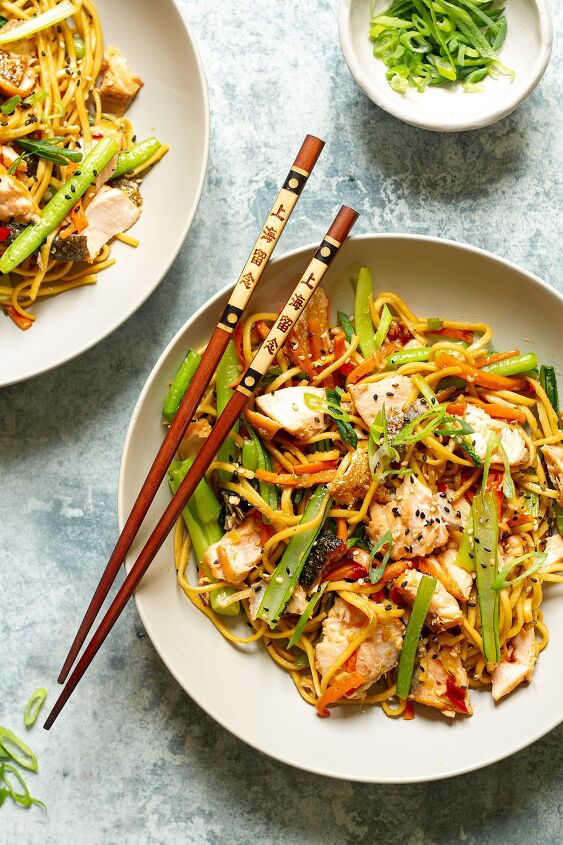










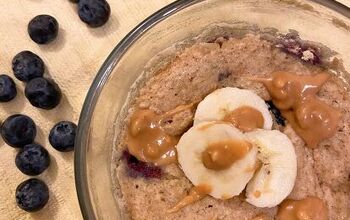
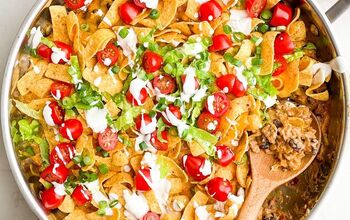
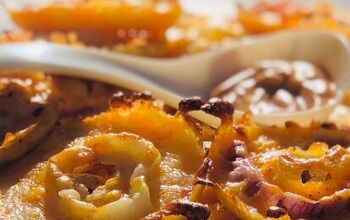

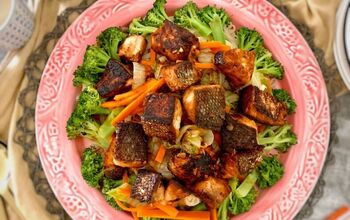

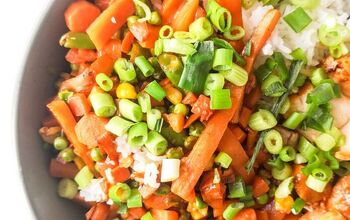
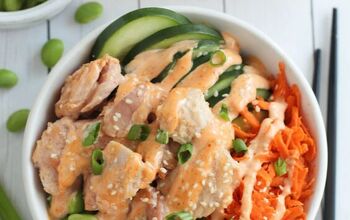
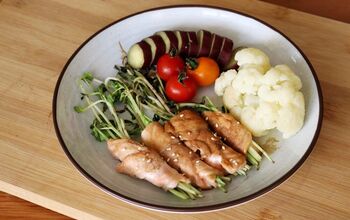
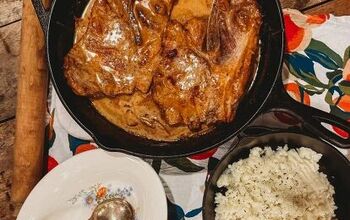
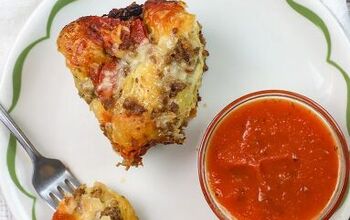

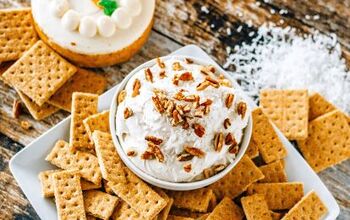





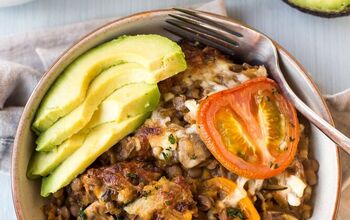
Comments
Share your thoughts, or ask a question!